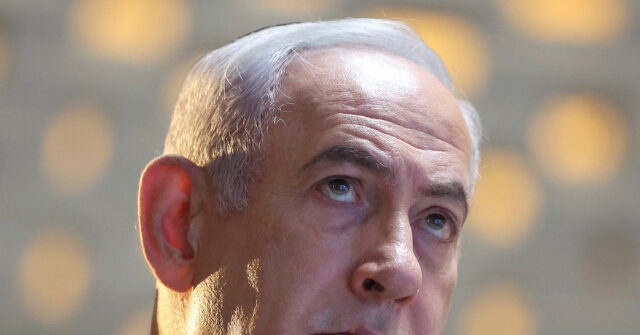On a tumultuous Saturday morning, a Hezbollah drone managed to navigate Israeli air defenses and reportedly struck in the vicinity of Prime Minister Benjamin Netanyahu’s private residence in Caesaria. While there were no injuries and Netanyahu was not present at the time, the incident raises serious security concerns for Israel. Multiple reports have mixed details about the effectiveness of the attack; Axios confirmed that the Prime Minister’s home was hit, while The Times of Israel referred to it as a targeted strike without verification of impact. The Israeli government’s response suggests this event is being treated with caution, emphasizing the gravity of the situation.
The incident occurred soon after a statement from the Israel Defense Forces (IDF) indicated that three unmanned aerial vehicles (UAVs) had crossed from Lebanon into Israeli airspace. While two of these drones were intercepted, one successfully struck a structure in Caesaria, leading to the activation of sirens at the Glilot military base. Fortunately, no injuries were reported, but the activation of military responses and sirens highlights the perceived threat level the Israeli military attributes to such incursions. The IDF is currently reviewing the incident for further assessment, and the situation remains unstable.
If the drone strike had been more successful, it could have sparked significant repercussions within the ongoing regional conflict. The implications of an attack on the Prime Minister, symbolic of Israeli leadership, would have likely led to a strong military response not only focused on Hezbollah targets in Lebanon but potentially extending to Iran. Given Iran’s sponsorship of Hezbollah, the incident could be interpreted as a declaration of hostility from Tehran, prompting an Israeli counteraction that would involve broader military strategies. This marks a concerning escalation in hostilities in a region long characterized by tensions and conflicts.
The incident underscores the evolving nature of warfare, with drone technology becoming increasingly instrumental in conflict scenarios. The successful evasion of Israeli air defenses by a Hezbollah drone signifies a potential shift in the capabilities of non-state actors operating in the region. As military technology continues to advance, the ability for groups like Hezbollah to conduct such operations may enhance, increasing the potential for future attacks. This new reality presents an ongoing challenge for Israeli defense forces as they contend with both traditional military confrontations and asymmetric warfare tactics employed by their adversaries.
Moreover, the incident spotlights the intricate political landscape in the region, where each military action can have profound implications on international relations. The narrative surrounding attempts on leaders’ lives can escalate tensions and inflame existing conflicts, making diplomatic resolutions more complex. In the wake of this incident, the Israeli government will have to navigate not only a military response but also manage public perceptions and internal security matters. The potential for further escalations could see an increase in military mobilization, impacting civilian life and stability.
In sum, the drone strike attributed to Hezbollah represents a critical juncture for Israel and its security dynamics. With the Prime Minister’s home targeted, even if not directly hit, the psychological warfare inherent in such actions should not be underestimated. As the IDF reviews the incident, the focus will be on securing Israel against future incursions while simultaneously weighing the political ramifications of retaliatory measures. This event serves as a reminder of the escalating complexity of modern warfare, the role of advanced technology in conflicts, and the precarious balance of power in the region.

